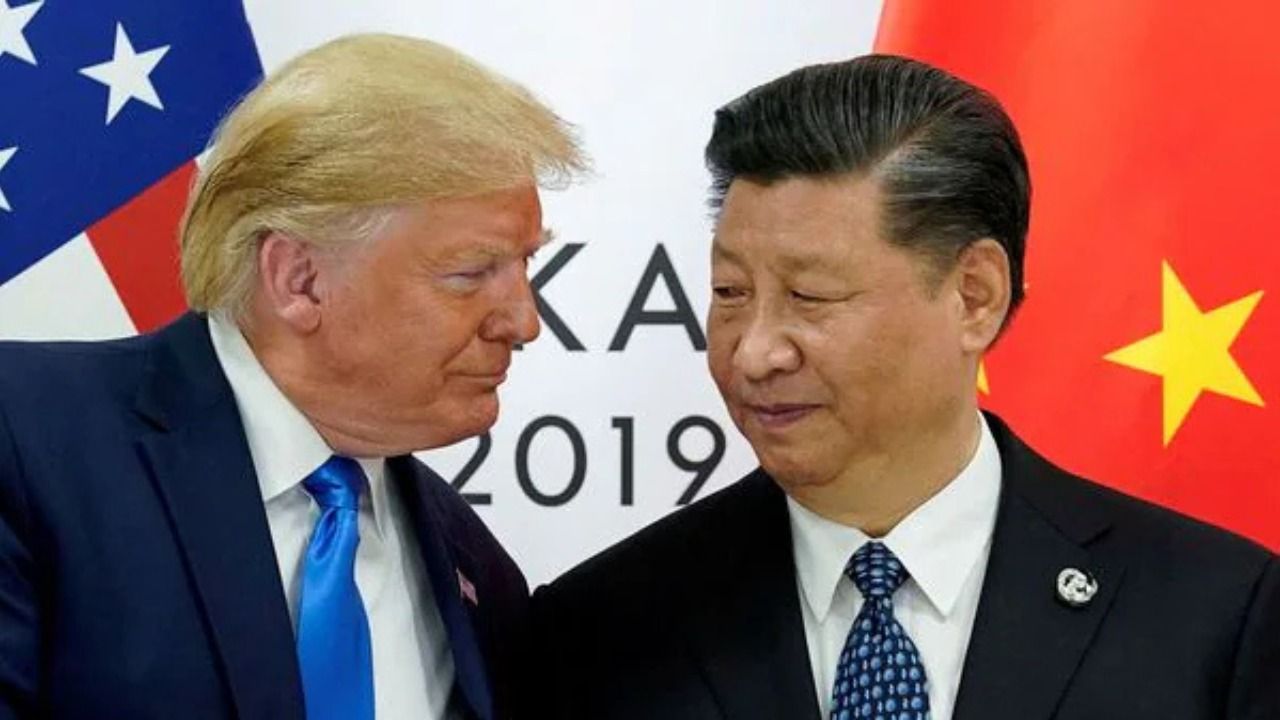 English
English

In a major escalation of the US–China trade war, President Donald Trump has announced an extra 100% tariff on all Chinese goods, effective November 1, 2025 or sooner. But what triggered this move, and how could it reshape global markets?

Donald Trump announced an extra 100% tariff on all Chinese goods
Washington: In a dramatic escalation of trade tensions, US President Donald Trump on Friday announced that the United States will impose an extra 100% tariff on all Chinese goods, effective November 1, or earlier if Beijing continues its “aggressive” trade actions.
The move, which comes alongside new export controls on critical software, marks one of the most sweeping trade measures in US history. Trump made the declaration on Truth Social, calling China’s recent export restrictions a “hostile act” that warranted an equally strong response.
“It has just been learned that China has taken an extraordinarily aggressive position on trade... effective November 1, 2025, they plan to impose large-scale export controls on virtually every product they make,” Trump wrote.
The President added that the US will act independently of other countries, insisting that Beijing’s decisions are “a moral disgrace in dealing with other nations.”
Trump faces backlash over tariffs on India; 19 US lawmakers snubs his policies
Trump’s announcement came just days after Beijing expanded its export restrictions on key rare earth minerals, adding five new elements — holmium, erbium, thulium, europium, and ytterbium — to its controlled list.
With this move, 12 of the 17 rare earth elements are now restricted by China, tightening its grip on materials vital for industries such as electric vehicles, semiconductors, smartphones, and defense manufacturing.
China also extended its controls to production technologies and overseas applications, particularly targeting sectors like aerospace and military electronics.
Beijing’s Commerce Ministry justified the curbs as a step to “safeguard national security and interests” and prevent sensitive materials from being used “directly or indirectly in military projects.”
Under Trump’s plan, the 100% tariff on Chinese imports will come into force on November 1, 2025, though the timeline could be advanced if China introduces more restrictive measures.
In addition, the United States will impose export controls on all critical software, limiting access to US-developed programs and technologies. This could affect AI systems, cybersecurity tools, and industrial software widely used in Chinese manufacturing.
Trump described China’s trade strategy as “planned years ago,” claiming it aimed to increase Beijing’s leverage over global supply chains. “It is absolutely unheard of in international trade,” Trump said. “The United States will not stand by.”
The announcement adds another layer of strain to already fraying relations between the world’s two largest economies. Both Trump and Chinese President Xi Jinping are expected to attend the upcoming Asia-Pacific Economic Cooperation (APEC) Summit in South Korea later this month.
Trump told reporters there was “no reason to meet” with Xi after China’s “very hostile” trade actions, though he clarified that no formal cancellation had been made.
Analysts say this new tariff wave could further disrupt global supply chains, particularly in technology, electronics, and renewable energy sectors. China’s export controls mirror Washington’s own restrictions on semiconductors and advanced tech, signaling a tit-for-tat escalation in the trade war.
Trump claims his tariffs stopped India-Pakistan war; Could trade really prevent a nuclear conflict?
Economists warn that the 100% tariff could lead to price hikes worldwide, as China remains a major supplier of industrial goods and consumer products. Supply chain disruptions in electronics and clean energy industries could ripple through Asia, Europe, and the US.
The move underscores a new phase in US–China relations — one defined not by negotiation, but by economic confrontation.